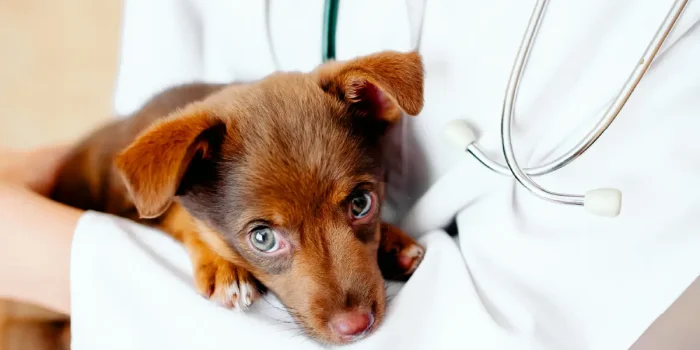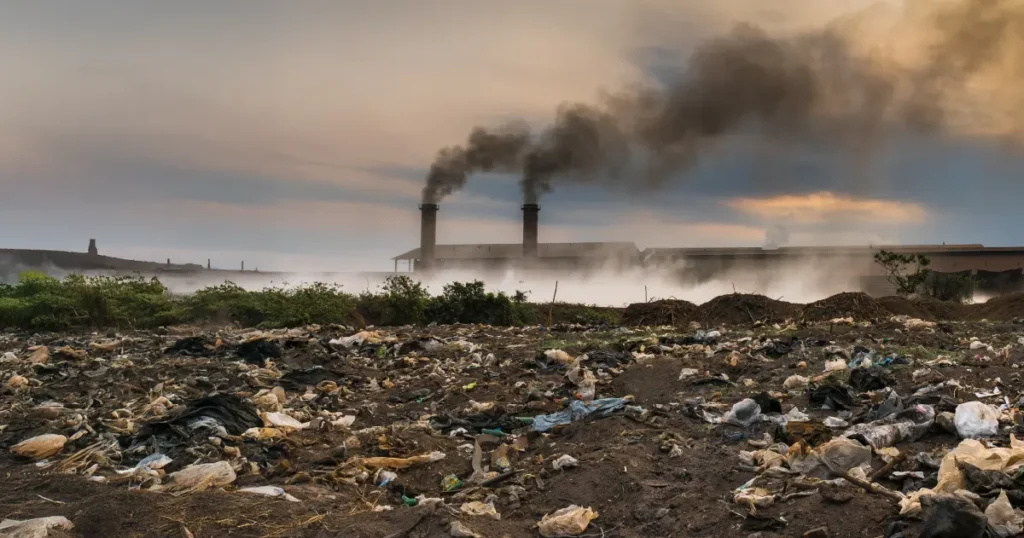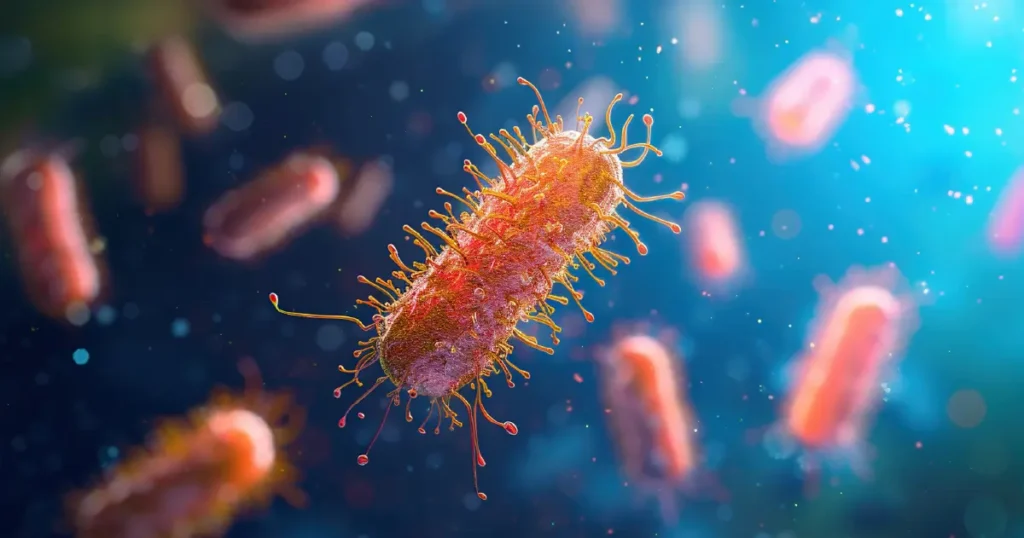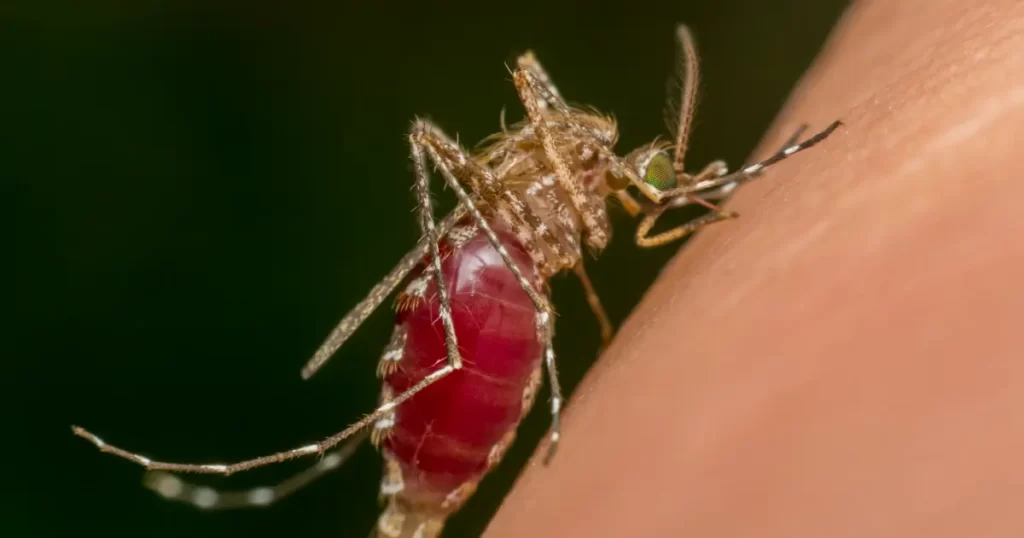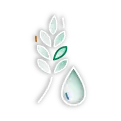Introduction
Feeding pets, vaccinating livestock, or protecting wildlife may feel like separate responsibilities. In reality, they all connect to a bigger picture: public health. Animal Welfare and Pet Care form the foundation of strategies that prevent disease, safeguard food safety, and strengthen ecosystems.
COVID-19 highlighted how human health is tied to animals. From the dogs and cats in our homes to livestock in farms and wildlife in forests, welfare practices directly affect risks of zoonotic spillovers, antimicrobial resistance, and even climate resilience.
But can societies afford to ignore animal welfare when their own survival depends on it?
The Everyday Role of Animal Welfare and Pet Care
Pet care may seem personal, but it has global consequences. Vaccinating dogs against rabies, for instance, prevents a disease that still kills nearly 59,000 people worldwide every year [1]. Moreover, responsible ownership reduces abandonment, which curbs disease spread in stray populations.
Veterinary clinics and shelters provide vaccinations, sterilization, and preventive care. These services help animals live healthier lives while protecting human communities. In addition, routine pet care fosters public awareness about the larger importance of animal health. Educational programs in schools that teach children about pet responsibility also help shape future generations who see animal welfare as part of global wellbeing.
Farming Practices and Pandemic Prevention
Industrial farming conditions often crowd animals together, creating breeding grounds for disease. Poor welfare increases stress, lowers immunity, and accelerates outbreaks. Influenza strains, for example, frequently emerge from poultry or swine raised in high-density systems [2].
Furthermore, the widespread use of antibiotics in livestock contributes to antimicrobial resistance, a global crisis that could cause 10 million deaths annually by 2050 [3]. Better animal welfare practices—such as improved housing, lower density, and enhanced veterinary care—make farms more resilient while producing safer food. They also strengthen consumer trust in food systems, ensuring that ethical production and food safety move forward together.
Wildlife, Ecosystems, and Spillover Risks
Habitat destruction and wildlife trade place stressed animals in closer contact with people. This raises the likelihood of pathogens crossing species barriers. Ebola, SARS, and COVID-19 all trace back to such disruptions [4].
Protecting ecosystems is therefore more than conservation—it is disease prevention. For example, bat populations displaced by deforestation have been linked to outbreaks of Nipah virus in South and Southeast Asia. Consequently, policies that limit illegal wildlife trade and safeguard habitats strengthen both animal welfare and global health.
A One Health View of Animal Welfare and Pet Care
The One Health framework shows how human, animal, and environmental health are interconnected. Animal Welfare and Pet Care are practical tools within this framework. For example, rabies vaccination campaigns for pets save human lives, while improved farm practices reduce zoonotic spillovers.
Therefore, international organizations like WHO and FAO increasingly emphasize animal welfare as part of sustainable health systems [5]. Incorporating pet care and welfare into policy is no longer optional—it is essential.
Toward a Global Health Strategy
To act on this evidence, governments must integrate animal welfare into public health planning. Communities should expand veterinary services, disaster preparedness, and welfare education. Meanwhile, individuals contribute by practicing responsible pet care and supporting humane farming.
Funding welfare programs should be seen as prevention, not expense. Each investment in welfare reduces the far greater costs of pandemics, foodborne outbreaks, and ecological collapse. Ultimately, treating animal welfare as a health priority builds resilience for societies worldwide.
Conclusion
The link between Animal Welfare and Pet Care and human health is undeniable. From protecting pets against rabies to improving livestock systems and conserving wildlife, these practices prevent disease, protect food systems, and strengthen ecosystems.
Recognizing welfare as a public health necessity reframes the debate. It is not just compassion—it is resilience. Humane treatment of animals, starting with everyday pet care, is a global health strategy that secures safer communities and a healthier future. Global cooperation, combined with individual responsibility, ensures this vision becomes reality.
References
- Hampson, K., et al. (2015). Estimating the global burden of endemic canine rabies. PLoS Neglected Tropical Diseases, 9(4), e0003709. https://doi.org/10.1371/journal.pntd.0003709
- Webster, R.G., et al. (2002). Evolution and ecology of influenza A viruses. Microbiology and Molecular Biology Reviews, 56(1), 152–179. https://doi.org/10.1128/MMBR.56.1.152-179.1992
- O’Neill, J. (2016). Tackling drug-resistant infections globally: Final report and recommendations. Review on Antimicrobial Resistance. https://amr-review.org/
- Jones, K.E., Patel, N.G., Levy, M.A., et al. (2008). Global trends in emerging infectious diseases. Nature, 451, 990–993. https://doi.org/10.1038/nature06536
- Huang, Y., Jiang, S., Daminova, N., & Team. (2024). Integrating animal welfare into the WHO pandemic treaty: A thematic analysis of civil society perspectives. Frontiers in Veterinary Science, 11:1421158. https://doi.org/10.3389/fvets.2024.1421158

